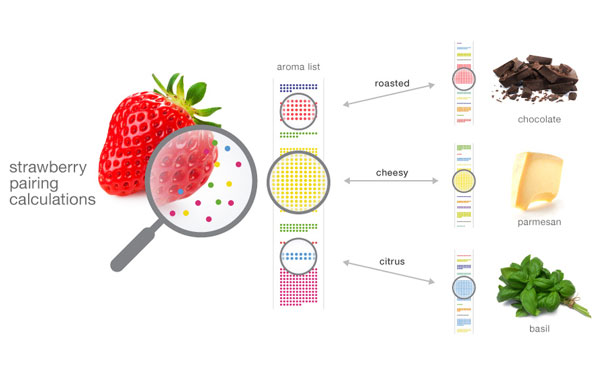Decoding taste
Terminology of taste
Taste is a sense. There are four primary flavors: acid, sweet, salty and bitter. Some people add a fifth primary flavor: umami, mostly to be found in Asian cuisine. In addition to flavor, there is a multitude of “secondary” flavors: freshness, astringency, spice, etc.
Terminology of taste
They can develop into:
- top notes (coming in “preview”)
- heart notes (making up the flavoring core)
- tail notes (persisting in the palate)
Foods are composed of a large number of volatile and fragrant molecules. These compounds are perceptible by direct olfaction, which gives the odor, and by retro-nasal olfaction, which characterizes the aroma. The term flavor combines both of these two perceptions. The term “tastes” is commonly used to qualify them

Cultural taste: Between the universal and the particular
Every country, even every region has its taste culture. The palace is structured according to culture, even though the preferences of each individual differ. One can thus observe dominant culture specific trends.

For example, the United States are craving for cinnamon, while Japan worships green tea, the Netherlands licorice, and so on.
Our preferences for some foods rather than others are the result of a complex interplay of factors including genetic data, cultural practices, age, early feeding experiences, appreciation by family environment of newly introduced food and the physiological responses to specific food.



